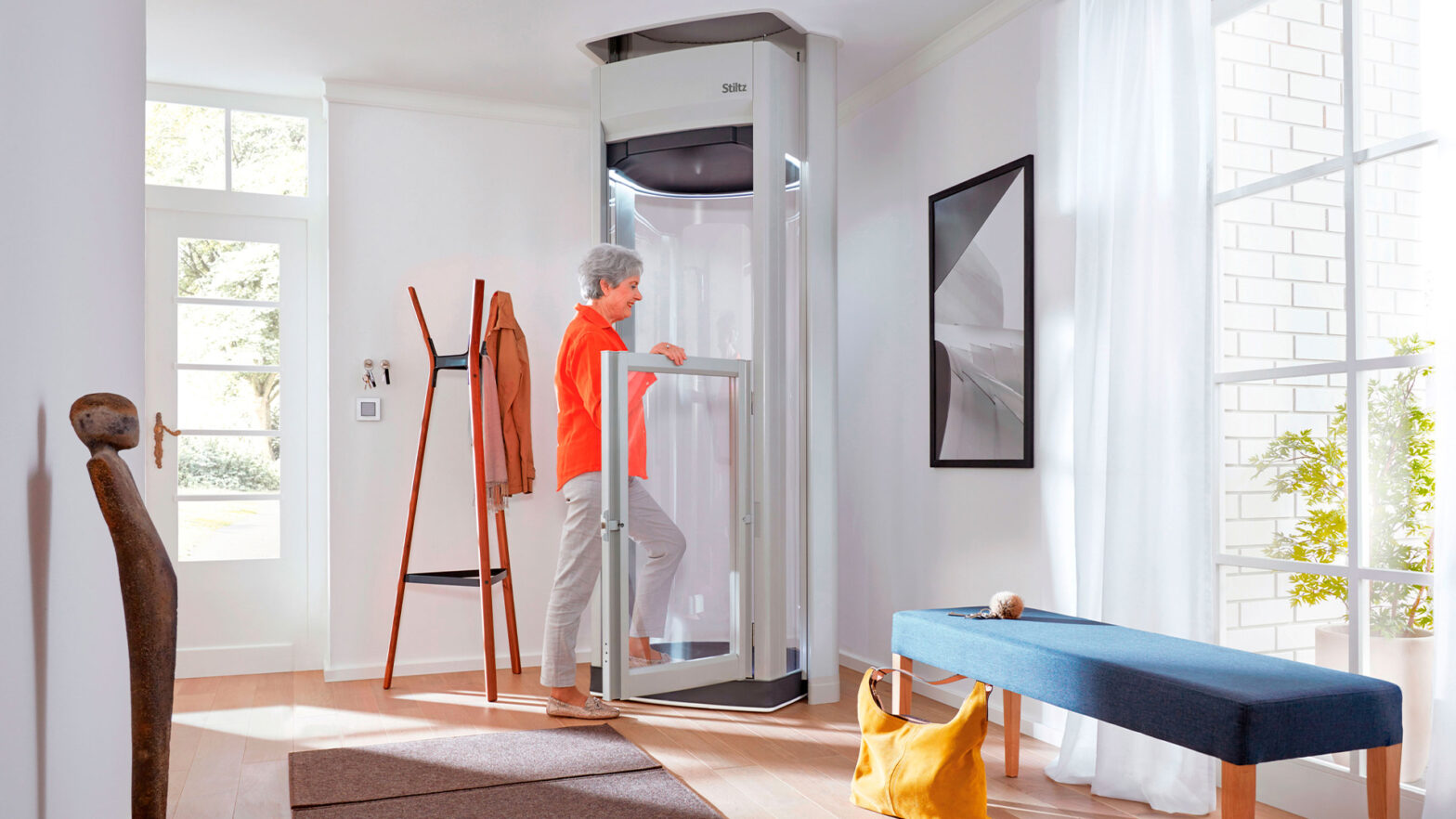Have you ever imagined a world where lights adapt to your presence, temperatures are perfect, and energy is used wisely? Smart building data analytics are shaping this concept. The integration of current technology and sustainable practices is altering how we interact with our built environment, making it more efficient and environmentally beneficial. This article explores how data analytics improves smart building functionality and cuts environmental impact.
Understanding Smart Building Evolution
Intelligent buildings have progressed from automated systems to real-time, adaptable constructions. IoT, artificial intelligence, and data analytics have transformed building management. Data optimizes energy use, tenant comfort, and operational efficiency in smart buildings.
Smart buildings with the aid of a property operations platform can become greener. Smart technologies monitor and control energy consumption in modern buildings to help mitigate climate change and resource depletion. Sustainability benefits the environment while saving building owners and operators money.
Key Smart Building Components.
Smart buildings use IoT devices and sensors to gather real-time data and enhance operations. These devices can track energy consumption, occupancy, air quality, and predictive maintenance. By studying this data, advanced analytics tools assist building managers in making more efficient and sustainable decisions.
Centralized data storage and management on cloud platforms is also critical. This enables parties to securely access information remotely, hence improving cooperation and decision-making. Smart buildings can also use machine learning algorithms to learn from data patterns and improve operational efficiency. The seamless integration of building systems enhances automation and informs optimization strategies.
Smart Building Technology Evolution
The advancement of smart building technology must be tracked in order to ensure its future. Smart buildings began with energy management and automation. IoT and cloud computing have greatly enhanced the capabilities of smart buildings. Smart buildings increasingly include sensors that monitor air quality and occupancy in real-time.
Data analytics have also revolutionized smart buildings. Building managers can learn about energy consumption and tenant behavior by collecting and analyzing large amounts of sensor data. This data-driven technique increases smart building efficiency and sustainability by allowing for predictive maintenance and resource allocation.
Finally, smart building technology has progressed from simple automation to data analytics-driven systems that value efficiency and sustainability. Smart buildings use real-time data insights to improve building management’s connectivity and sustainability.
Data Analytics for Smart Building Efficiency
Real-time data analysis improves smart building efficiency. Building owners can save energy and improve comfort, by monitoring the sensors’ data about energy consumption, occupancy, and environmental data.
Data analytics enables smart buildings to respond to changing settings. Machine learning and artificial intelligence-powered analytics can improve building lighting, HVAC, and security. Personalizing the environment through automation improves energy efficiency and comfort. Smart buildings use data analytics to become responsive ecosystems that maximize performance and sustainability.
Energy Efficiency through Data Analytics
Data analytics improves energy efficiency in smart buildings. Large volumes of data from sensors, meters, and building systems can help organizations increase energy efficiency by spotting patterns and trends. This level of precision allows for real-time modifications to heating, cooling, lighting, and other systems to improve efficiency.
Data analytics also enables predictive maintenance to avoid significant problems. Building managers can identify underperforming or malfunctioning equipment by analyzing previous performance data and employing machine learning techniques. This proactive method reduces downtime, extends equipment life, and conserves energy. Data analytics in energy management are altering buildings and ushering in a more sustainable future.
Using Data to Improve Building Operations
Outdated maintenance schedules and gut feelings are no longer sufficient to keep a facility working efficiently. Real-time data analytics enable facility managers to make more effective and sustainable decisions.
Assume that energy consumption and equipment performance are regularly monitored and analyzed in a facility. This level of granularity enables proactive maintenance plans that prevent costly breakdowns and extend the life of critical assets. Building operators can use historical data trends and predictive modeling approaches to identify patterns, anomalies, and areas for improvement. The result is a more responsive, dependable, and resource-efficient built environment that meets occupant needs while minimizing environmental impact.
Smart Building Sustainability and Environmental Impact
Smart buildings prioritize sustainability and environmental impact reduction. Intelligent buildings empowered by innovative technologies can reduce energy usage, waste, and thus carbon emissions. They use sensors for collecting data and analyzing it, and automation to track and adjust energy consumption in response to demand and weather. This proactive method increases efficiency while reducing the environmental effect of these constructions.
Smart buildings’ environmental benefits extend beyond energy conservation. These buildings have better ventilation and air filtration, which improves indoor air quality. Smart buildings promote sustainable living by incorporating green building materials and processes. As more companies and people adopt these innovative solutions, smart buildings’ environmental impact develops fast, ensuring that growth in urban areas is sustainable.
Smart Buildings for a Sustainable Tomorrow
Smart building technologies are revolutionizing architecture. Data analytics and IoT devices can help buildings lower their carbon footprint by managing energy consumption. Sensors can adapt lighting and HVAC based on occupancy, weather, and personal preferences, thereby saving resources.
Smart building solutions, such as the ones by CIM, increase energy efficiency and enable predictive maintenance, reducing system failures and resource waste. Companies can lower their environmental impact while saving money by proactively regulating building systems using real-time data analysis. Buildings that increase efficiency and climate resistance are both environmentally and economically beneficial.
Smart construction’s environmental sustainability is a necessity, not a trend. With IoT sensors and data analytics, construction companies can reduce energy use, waste, and environmental impact. Implementing real-time system monitoring and analysis enables stakeholders to increase efficiency and make proactive decisions.
Digital twin-based construction projects are becoming increasingly common. A structure’s digital twin enables simulation and inspection prior to construction. This technology allows stakeholders to see the environmental impact of their design decisions and make early changes for more sustainable architecture. Construction teams may increase efficiency and sustainability by leveraging digital twins and data analytics.




























